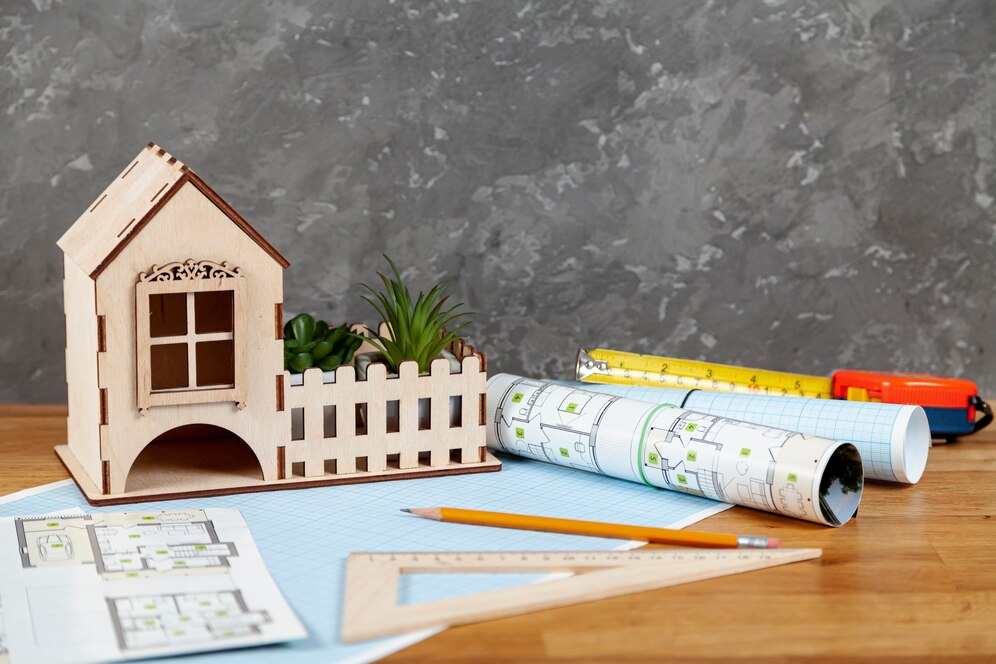
Budget-Friendly Home Renovation Tips: How to Cut Costs Without Cutting Quality
Renovating your home doesn’t have to drain your savings. As an experienced general contractor, I’ve seen firsthand how homeowners can achieve beautiful, functional spaces without overspending. The key? Smart planning, thoughtful decisions, and knowing where to save and when to invest. If you’re looking for affordable home renovation tips, you’ve come to the right place.
In this guide, I’ll share practical, budget-friendly strategies to help you cut costs without sacrificing quality. Let’s get started.

Plan and Prioritize Your Renovation
Define Your Must-Haves and Nice-to-Haves
One of the biggest mistakes homeowners make is trying to tackle everything at once. Before you swing a hammer, sit down and list your renovation goals. Separate them into “must-haves” (like fixing a leaky roof) and “nice-to-haves” (like adding a skylight). This helps you focus your budget on essentials first.
Set a Realistic Budget
Knowing how much you can afford to spend — and sticking to that number — is crucial. Research the average cost of home renovations in your area and get multiple quotes from contractors. Don’t forget to add a buffer of about 10-20% for unexpected expenses.

Tackle One Project at a Time
It’s tempting to overhaul your entire home at once, but that approach can quickly spiral out of control financially. Instead, focus on one area at a time — maybe start with the kitchen or bathroom — and complete it before moving on. This phased approach helps manage costs and minimizes disruption.

Choose Cost-Effective Materials
Know Where to Save and Where to Splurge
Not all materials are created equal, and sometimes the less expensive option is just as durable and stylish as the high-end choice. Here’s where you can save:
- Flooring: Laminate or vinyl can mimic hardwood at a fraction of the price.
- Countertops: Butcher block or laminate can be just as charming as granite.
- Cabinetry: Consider repainting or refacing existing cabinets instead of replacing them.
And here’s where you should invest:
- Structural Elements: Quality framing and insulation save money in the long run.
- Plumbing and Electrical: Professional installation prevents costly repairs down the road.

Consider DIY for Simple Tasks
You don’t need a contractor for everything. If you’re handy, take on simpler projects like:
- Painting walls and trim
- Installing shelves
- Landscaping and yard work
However, leave complex tasks like electrical work, plumbing, and structural changes to the pros. Cutting corners on these can lead to expensive mistakes.

Reuse and Repurpose Where You Can
Not everything needs to be brand new. Salvage and repurpose items like:
- Light fixtures: Clean and repaint old fixtures for a fresh look.
- Cabinet hardware: Swap out knobs and pulls for an instant facelift.
- Furniture: Refinish wooden pieces for a modern feel.

Shop Smart for Supplies
Timing and location matter when buying materials. Look for:
- Seasonal Sales: Home improvement stores often discount materials in off-peak seasons.
- Surplus and Reuse Centers: Habitat for Humanity’s ReStores offer discounted building supplies.
- Online Marketplaces: Check for gently used items like doors, tiles, and fixtures.

Avoid Major Structural Changes
Moving walls, plumbing, or electrical systems adds significant cost and complexity. Instead, focus on cosmetic upgrades that deliver a big impact:
- Paint: A fresh coat of paint transforms any room.
- Lighting: Swap out old fixtures for modern, energy-efficient options.
- Hardware: Update doorknobs, cabinet pulls, and faucets for a cohesive look.

Get the Right Contractor
Choosing an experienced, licensed general contractor in Massachusetts (or your area) ensures the job is done right the first time. Look for someone who:
- Has a solid track record and positive reviews
- Provides clear, detailed estimates
- Communicates openly and honestly
The right contractor will help you stay within budget while maintaining quality.
FAQS
Q: How can I save money on home renovations without sacrificing quality?
A: Focus on planning, prioritize essential projects, choose cost-effective materials, and tackle simple DIY tasks. Also, reuse and repurpose where possible and avoid major structural changes.
Q: Is it cheaper to hire a general contractor or manage the project myself?
A: A general contractor can often save you money in the long run by avoiding costly mistakes, getting better pricing on materials, and ensuring quality work.
Q: What home renovation projects offer the best return on investment?
A: Kitchen and bathroom updates, fresh paint, and upgraded lighting often provide the best ROI without breaking the bank.
Budget-Friendly Home Renovation Tips
1. Plan Your Budget Wisely
- Set a Clear Budget: Determine your financial limits by evaluating income, savings, and financing options.
- Prioritize Expenses: Allocate funds based on project importance and feasibility.
- Contingency Planning: Set aside funds for unexpected expenses.
2. Research and Compare Prices
- Gather Quotes: Collect pricing from multiple suppliers and contractors.
- Negotiate: Look for discounts and negotiate prices when possible2.
3. DIY Home Renovation Ideas
- Assess Your Skills: Undertake tasks that align with your skill level.
- Save on Labor: DIY projects like painting, installing fixtures, or laying tiles can significantly reduce labor costs2.
4. Opt for Affordable Materials
- Laminate Flooring: A budget-friendly alternative to hardwood.
- Quartz Countertops: Affordable compared to granite2.
- Peel-and-Stick Tiles: Easy to install and cost-effective for flooring and backsplashes13.
5. Smart Upgrades
- Paint and Refresh: Update walls and cabinets with a fresh coat of paint13.
- Lighting Makeover: Use LED bulbs and second-hand fixtures for energy efficiency and savings1.
- Crown Molding: Add elegance with DIY peel-and-stick options1.
6. Repurpose and Recycle
- Upcycle Furniture: Transform old items into unique decor pieces.
- Visit Thrift Stores: Find affordable furniture and materials1.
7. Phase Your Renovations
- Prioritize Needs: Focus on essential upgrades first.
- Spread Costs: Complete projects in phases to manage expenses over time1.
By implementing these strategies, you can achieve a high-quality home renovation without exceeding your budget.
Final Thoughts
Home renovations don’t have to be expensive to look amazing. By planning carefully, choosing cost-effective materials, and working with the right professionals, you can create the home of your dreams without overspending. Remember, the key to affordable home renovations is knowing where to save and when to invest.
Ready to start your renovation? Reach out to NVAS Construction, a trusted general contractor for expert guidance and quality results. Happy renovating!


